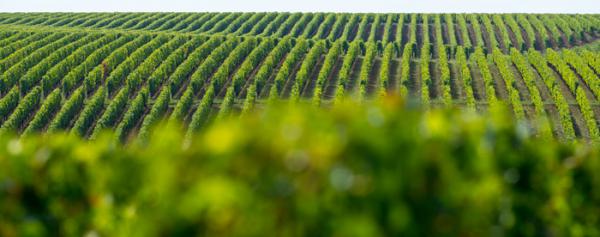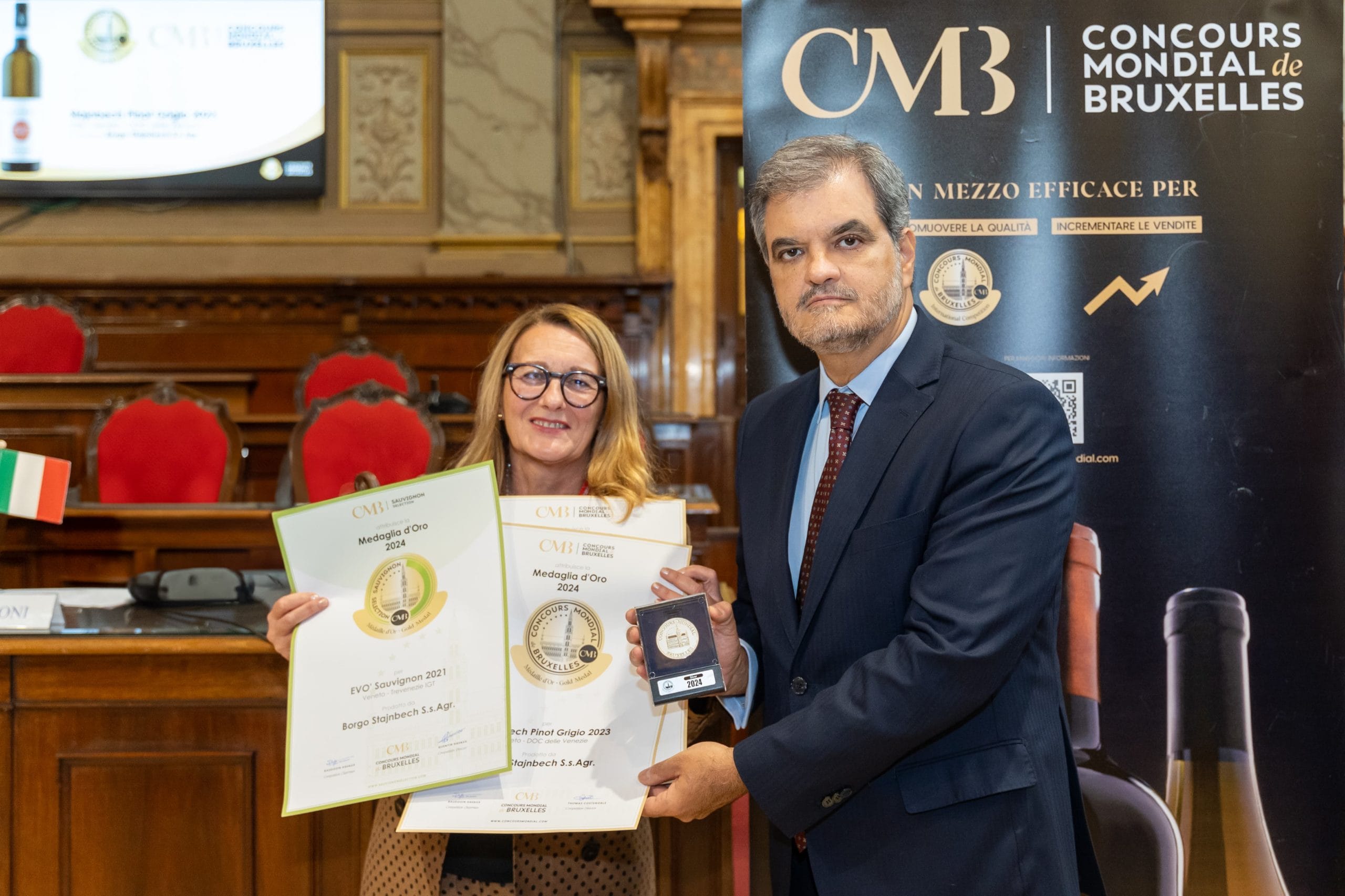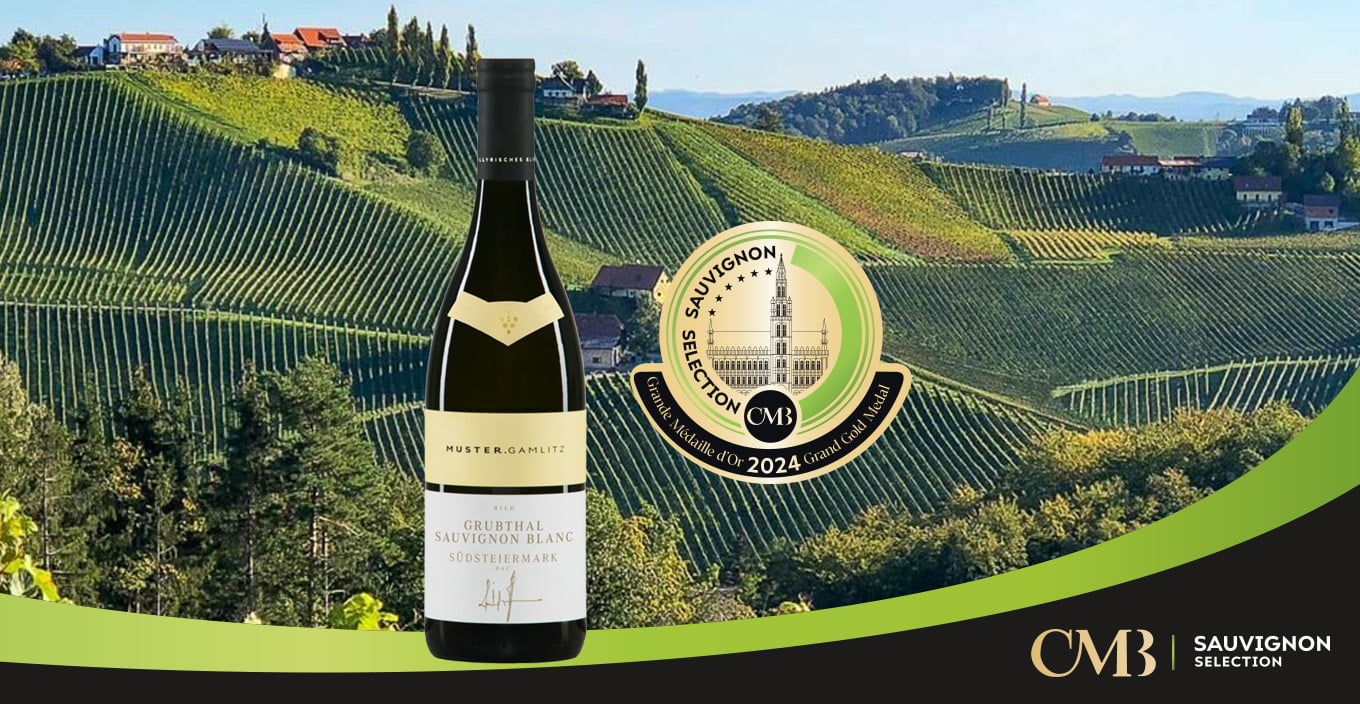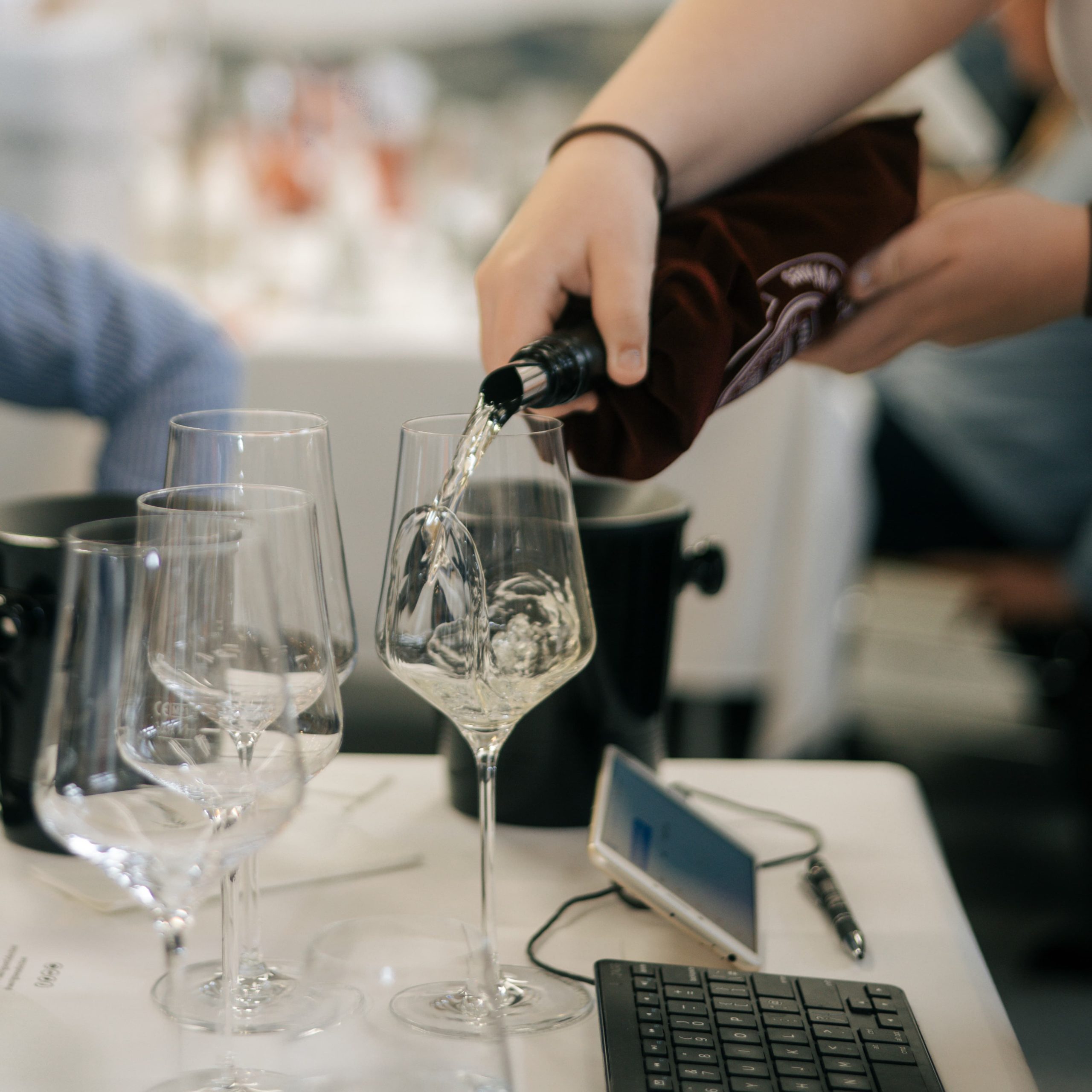Premium Sauvignon blanc and oak ageing: paradoxes and prospects

A conference organised by the Concours Mondial du Sauvignon on April 10, 2014 in Bordeaux reviewed research work by Valérie Lavigne into ageing issues for Sauvignon blanc and the influence of various types of tanks and barrels. The research was presented by Denis Dubourdieu and Valérie Lavigne, along with Franco-British journalist Sharon Nagel.
Presentation by Dr Valérie Lavigne and Prof. Denis Dubourdieu (Institute of Vine and Wine Science)
A conference organised by the Concours Mondial du Sauvignon on April 10, 2014 in Bordeaux reviewed research work by Valérie Lavigne into ageing issues for Sauvignon blanc and the influence of various types of tanks and barrels. The research was presented by Denis Dubourdieu and Valérie Lavigne, along with Franco-British journalist Sharon Nagel.
Maturing in oak barrels is an essential component of quality wine production. Understanding how it functions is therefore critical to success. Oak ageing imparts specific tastes and smells to wine. Amongst its qualities is the ability to avert certain faults in wine, particularly reduction problems in white wine. Limited oxidation in oak and use of stirring can homogenise redox potential and control reduction phenomena. Hence, oak ageing allows reduction faults to be easily controlled and wines to be kept on the lees during the entire ageing process – as is the case for many Chardonnay wines for instance.
Ageing on the lees also has an effect on wine. Amongst other things, it modifies the impact of oak on smell, both in quality and quantity. It prompts self-stabilisation of the oak (tartrate and protein precipitation), which protects varietal aromas and limits faulty aromatic ageing in the wine (premature ageing). Additionally, it imparts a sweet sensation to dry wines yet without sugar.
The sweetness is only worthwhile in dry wines. It stems from the presence of a mild protein released by yeast autolysis, HSP12 (or Heat Shock Protein). Oak also releases ‘sweet’ components: quercotriterpenoside or QTT, of which there are 15 in oak. A word of caution, however – oak ageing can indeed impart sweetness without sugar, but it can also cause bitterness.
Sauvignon aromas are difficult to identify. They are sulphur-containing molecules that are highly sensitive to oxidation. Excessive oak influence leads to excessive oxidation and loss of aroma in young wine – volatile thiols – as well as a decline in ageability (effects on glutathions, which are also oxidizable). Too much oak therefore also leads to a deterioration in aroma and glutathions and is responsible for the dreaded ‘premox’ in white wines.
Valérie Lavigne’s study examines the effects of oak ageing in different types of barrels (new/used) and also analyses the impact of other wine making practices such as racking and ageing on the lees. It studies the three main types of aromas in Sauvignon: the 3-mercaptohexanol (grapefruit aromas), sotolon (wine oxidation) and glutathione (wine protection).
The study’s findings show that used barrels coupled with ageing on the lees produce ideal results, unlike new, racked barrels where “the wine is dead even before it has been bottled”, in the words of Denis Dubordieu.
Similarly, excessive oak tends to obscure the wine’s character, to trivialise and standardise it. Whereas consumers long sung the praises of heavily oaked wines, they are now considered to be faulty. Oak not only obscures the varietal character, but also the wine’s origin. This is one of oak’s great ironies: it is difficult to achieve a great wine without oak – it ‘dresses up’ a wine – and yet the amount must be perfect in order to maintain ageing conditions that are sufficiently reductive to ensure cellaring capacity and preserve the wine’s personality.
The type of container therefore plays a pivotal role and is the subject of Valérie Lavigne’s study. It involves the various containers and their effects on wines: stainless steel and oak, the influence of size and stirring. For each type of ageing, aromas (thiols, varietal), oak components and protection against oxidation (glutathiones) are quantified. In addition to quantitative research, a qualitative tasting rounds off the study and makes the findings more meaningful.
The findings show that from an aromatic perspective, the best results are achieved with oak tanks and stainless steel tanks. Loss of aroma is significant in new barrels, and particularly noticeable for refined grapefruit aromas (3-MH and 3-MH acetate) though also for the classic 4-MPP (boxwood, cat’s pee).
Glutathione is a peptide with remarkable reductive properties and performs differently depending on the type of container. Its content is affected by the initial amount contained in the grapes, extraction methods, conditions of must fermentation and ageing conditions. It is important to maintain the highest possible levels, especially at the end of the ageing process. Barrels have a negative impact on the amount of glutathione and if they are racked, glutathione tends to completely disappear.
The study also examines oak components (eugenol, vanillin, lactone and coconut). They performed in a similar way in the three types of container (oak tank, used barrel, new barrel): oak produces oak influence but to a lesser degree in oak tanks – this was extremely noticeable in the tasting. In the case of barrels, the presence of oak components is more obvious.
The research also involves a taste study which ranks sweetness sensations. The sensation of sweetness is stronger in new barrels, less pronounced in used barrels and decreases still further for oak or stainless steel tanks. During a comparative tasting with approximately 20 tasters, samples were ranked using a number of criteria: Sauvignon’s aromatic intensity, the typicality and intensity of the oak. The results showed that varietal expression was lowest in the new barrels. Stainless steel and used barrels enhanced varietal expression but the best results were achieved with the oak tanks.
In conclusion, the study reveals that large oak containers create numerous opportunities for making great white wines – it confirms report author Valérie Lavigne’s theory. Denis Dubourdieu shares the same viewpoint and applies the findings to the wine making techniques he uses in his own cellar: “it makes the ageing process considerably easier and the results are delightful!” he concludes.


